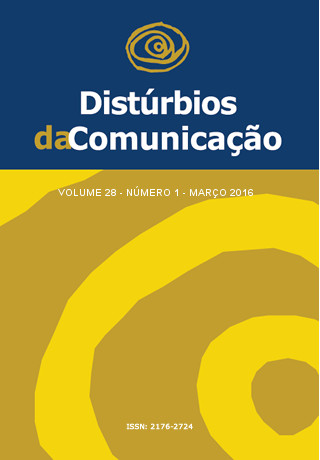Identificación y caracterización de disgrafía en estudiantes con dificultades y trastornos de aprendizaje
Palabras clave:
Escritura Manual, Trastornos del Aprendizaje, Evaluación, Aprendizaje, EnseñanzaResumen
Objetivo: (1) identificar la presencia de digrafía en estudiantes con dificultades y trastornos de aprendizaje; (2) describir alteraciones caligráficas presentes en cada grupo: (3) comparar los grupos para determinar diferencias entre ellos. Métodos: Participaron 57 estudiantes, ambos sexos, con edades comprendidas entre 08 a 11 años, del segundo al sexto año de la Educación Primaria, divididos en tres grupos (compuestos por 19 estudiantes), de esta manera: (GI) dificultades de aprendizaje; (GII) Trastornos de aprendizaje; (GIII) estudiantes con buen rendimiento académico. Como procedimiento se solicitó una copia de un billete, y se analizó la escritura por medio de la Escala de Disgrafía, siendo considerados disgráficos todos estudiantes que hayan obtenido una puntuación igual o superior a 8,5 puntos. Resultados: Los resultados revelaron presencia de disgrafía en 63,2% de los estudiantes de GI, 47,4% de GII y 26,3% de GIII; GI presentó puntuaciones más altas en líneas flotantes, GII en líneas flotantes y letras retocadas y GIII rendimiento similar entre los 10 ítems evaluados; Al comparar los grupos hubo indicación de que el desempeño de GI y GII es similar, difiriendo sólo en comparación con GIII, debido a que estos grupos tienen puntuación altas en líneas flotantes y curvas y angulación de los arcos de M, N, V y U. Conclusión: Se observaron alteraciones en caligrafía en los tres grupos, y en estudiantes con dificultades y trastornos de aprendizaje se debe dar más atención a líneas flotantes, letras retocadas y curvas y angulación de los arcos de M, N, V y U.Descargas
Los datos de descargas todavía no están disponibles.
Métricas
Cargando métricas ...
Descargas
Publicado
2016-03-31
Número
Sección
Artigos
Licencia
Derechos de autor 2016 Monique Herrera Cardoso, Simone Aparecida Capellini

Esta obra está bajo una licencia internacional Creative Commons Atribución 4.0.









